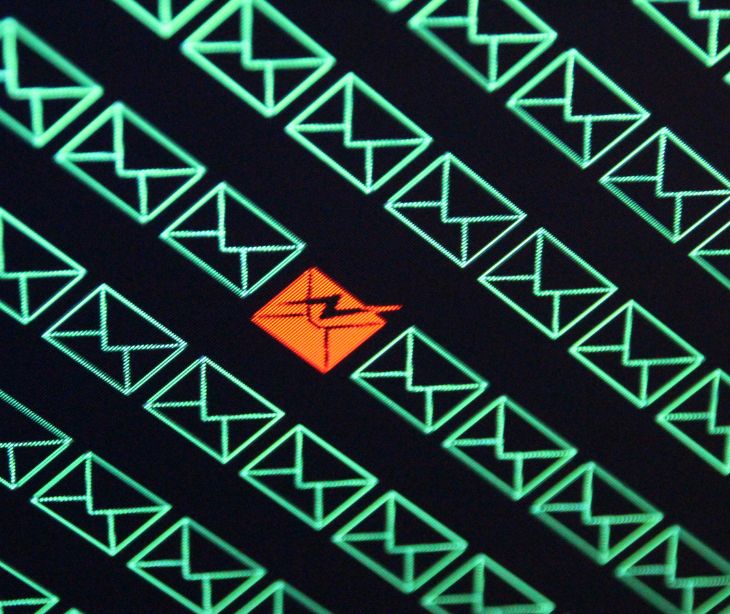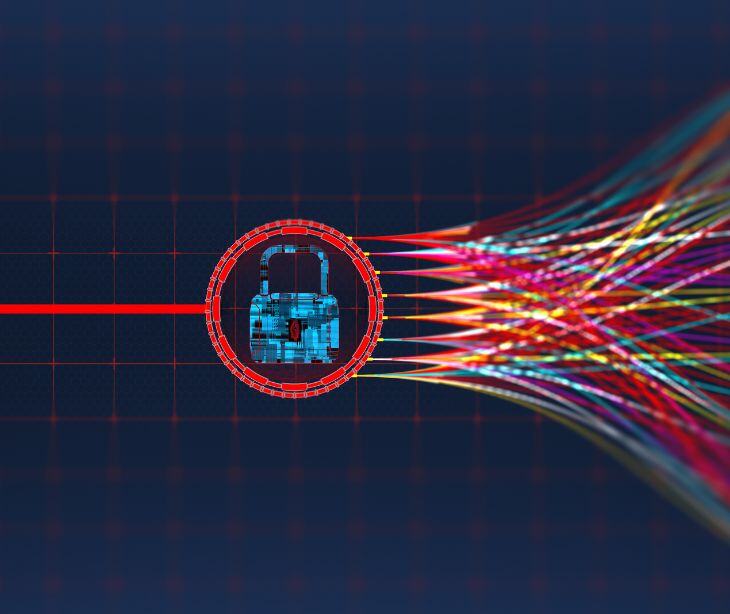2 min read
Mitigating human error in email handling to prevent HIPAA breaches
Liyanda Tembani
June 14, 2024

One of the primary reasons for email breaches is human error, with at least 85% of data breaches in organizations attributable to individual mistakes. That includes sending emails to the wrong recipients, lacking encryption, and falling for phishing. Healthcare organizations can mitigate these risks by using HIPAA compliant email platforms with encryption and robust filters, conducting regular staff training on HIPAA compliance and phishing awareness, and implementing clear email communication policies and incident response procedures. These measures ensure the secure handling of sensitive patient information and compliance with HIPAA regulations.
Understanding the risk landscape
Human error accounts for a substantial portion of HIPAA breaches involving email. Whether it's sending emails to the wrong recipients, failing to encrypt sensitive information, or falling victim to phishing attacks, these mistakes can lead to unauthorized disclosures of protected health information (PHI). A recent study, titled Human Factors in Electronic Health Records Cybersecurity Breach: An Exploratory Analysis, found that most data breaches in healthcare are caused by human error. The study looked at HHS breach data over five years and explored the role of the "human element" in the incidents. Their analysis "revealed that 382 incidents, or 26 percent of all human factor-based breaches, were due to an insider's carelessness, negligence, or apathy. In each of these cases, no malicious intent was visible in that there was no intent to access patient data, but a data breach occurred."
Strengthening technical safeguards
Use HIPAA compliant email services with built-in encryption to safeguard PHI during transmission. Encryption ensures that even if intercepted, emails containing sensitive patient data remain protected from unauthorized access.
Implement robust email filters and data loss prevention (DLP) solutions to scan outgoing emails for PHI. These tools help detect and prevent accidental disclosures by flagging sensitive information before it leaves the organization’s network.
Enhancing staff training and awareness
Provide continuous education on HIPAA regulations, focussing on proper email protocols, encryption requirements, and recognizing phishing attempts. Training sessions should be tailored to different roles within the organization, ensuring all staff have the knowledge to handle PHI securely.
Regularly conduct simulated phishing exercises to assess staff susceptibility to phishing scams. These simulations provide valuable insights into vulnerabilities and allow organizations to refine their training programs accordingly. They also help reinforce the importance of vigilance when handling sensitive information via email.
Related: Tips to spot phishing emails disguised as healthcare communication
Developing and enforcing policies
Define specific guidelines for email usage, including protocols for verifying recipients, using blind carbon copy (BCC)when necessary, and mandatory encryption of emails containing PHI. Clear policies ensure consistency and compliance across the organization.
If applicable, establish policies governing the use of personal devices for work-related emails and accessing PHI. These policies should outline security measures such as device encryption and remote wipe capabilities to mitigate risks associated with mobile access.
Creating an effective incident response plan
Develop a comprehensive plan outlining steps for detecting, containing, and mitigating email-related breaches. Include procedures for reporting incidents, assessing the scope of exposure, and notifying affected parties promptly to comply with HIPAA breach notification requirements.
Continuously review and update email security protocols in response to emerging threats and lessons learned from past incidents. Regular audits and assessments help identify vulnerabilities and ensure that security measures remain effective.
FAQs
What should I do if I accidentally send an email containing PHI to the wrong recipient?
If you accidentally send PHI to the wrong recipient, immediately notify your organization’s HIPAA compliance officer or IT security team. They can assess the situation, determine the potential risk, and take appropriate steps to mitigate harm.
Can email encryption alone ensure HIPAA compliance for transmitting PHI?
Email encryption alone is not enough for HIPAA compliance. Organizations should also enforce strong access controls, train staff on secure email practices, and implement policies to prevent unauthorized access or disclosures.
What are some best practices for securely storing email communications containing PHI?
Best practices for securely storing email communications containing PHI include retaining emails in secure, encrypted storage systems that restrict access to authorized personnel only.
Subscribe to Paubox Weekly
Every Friday we'll bring you the most important news from Paubox. Our aim is to make you smarter, faster.



